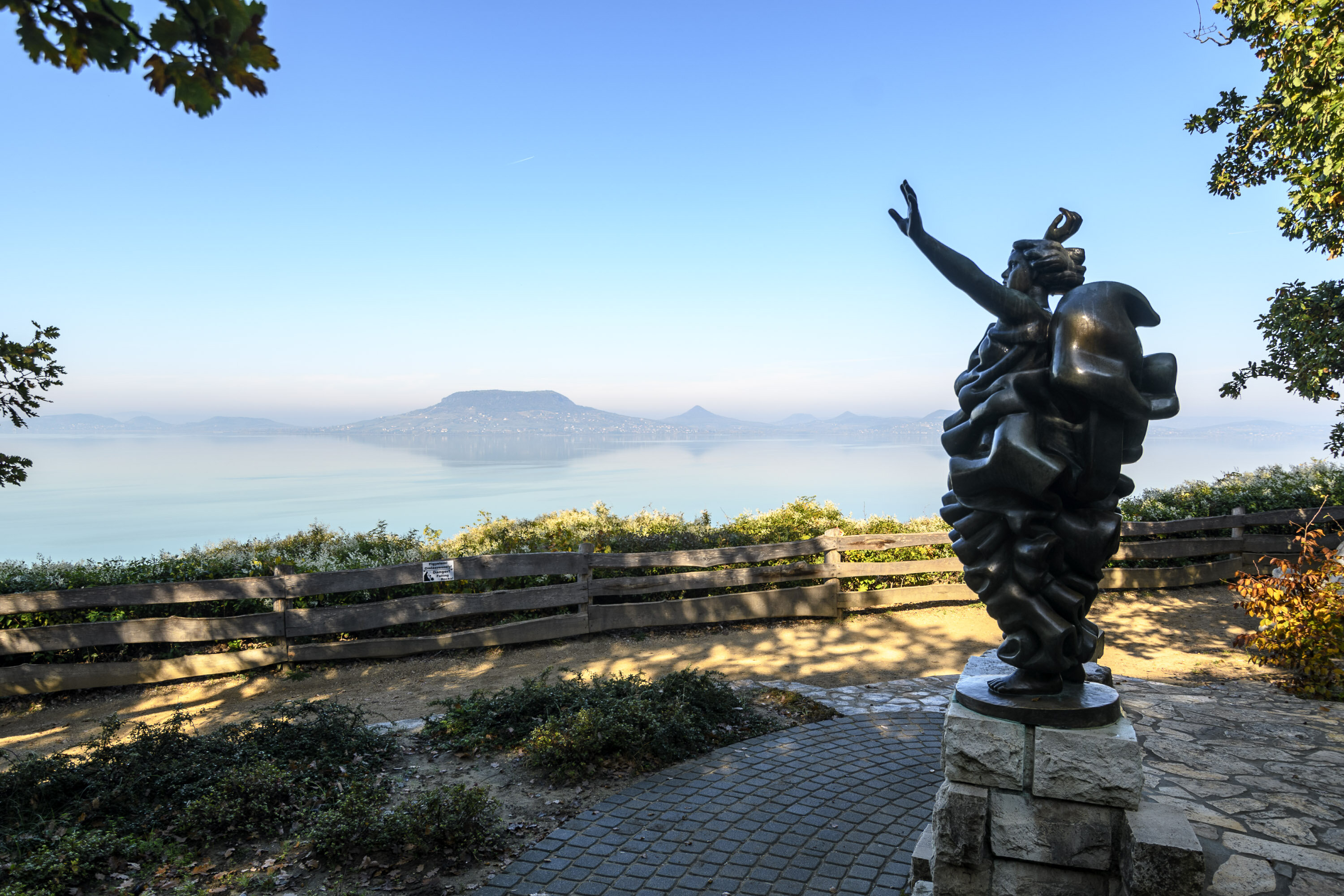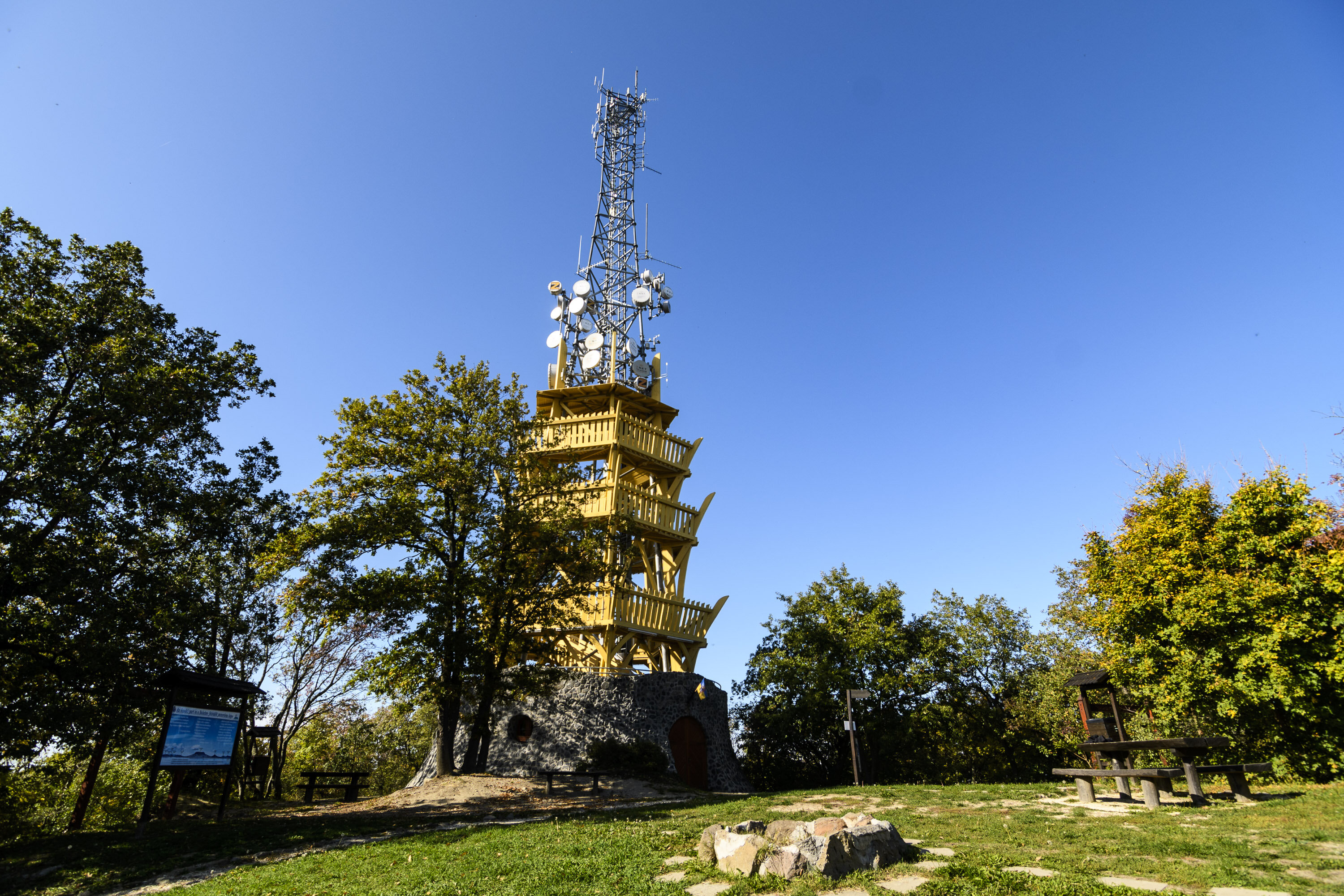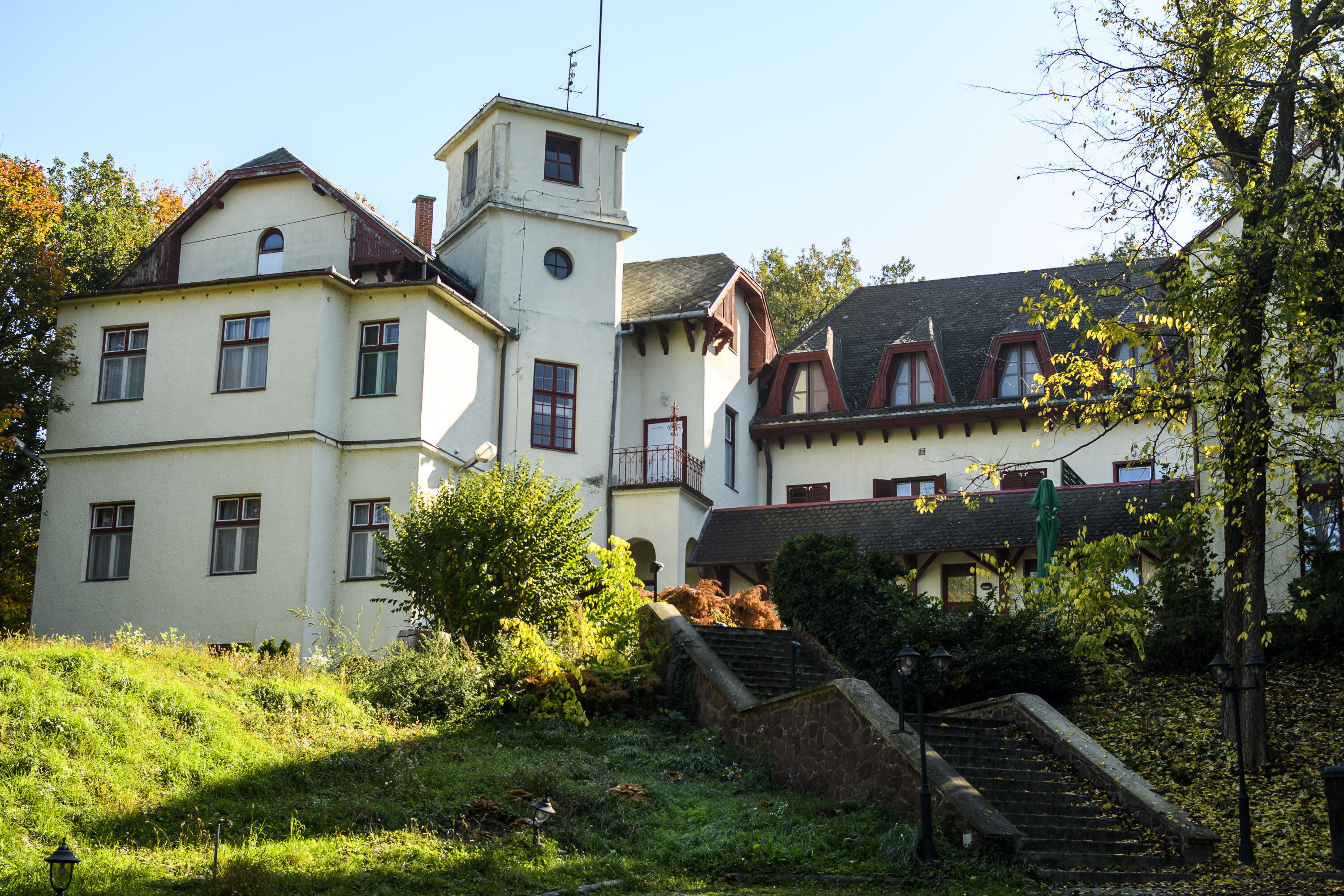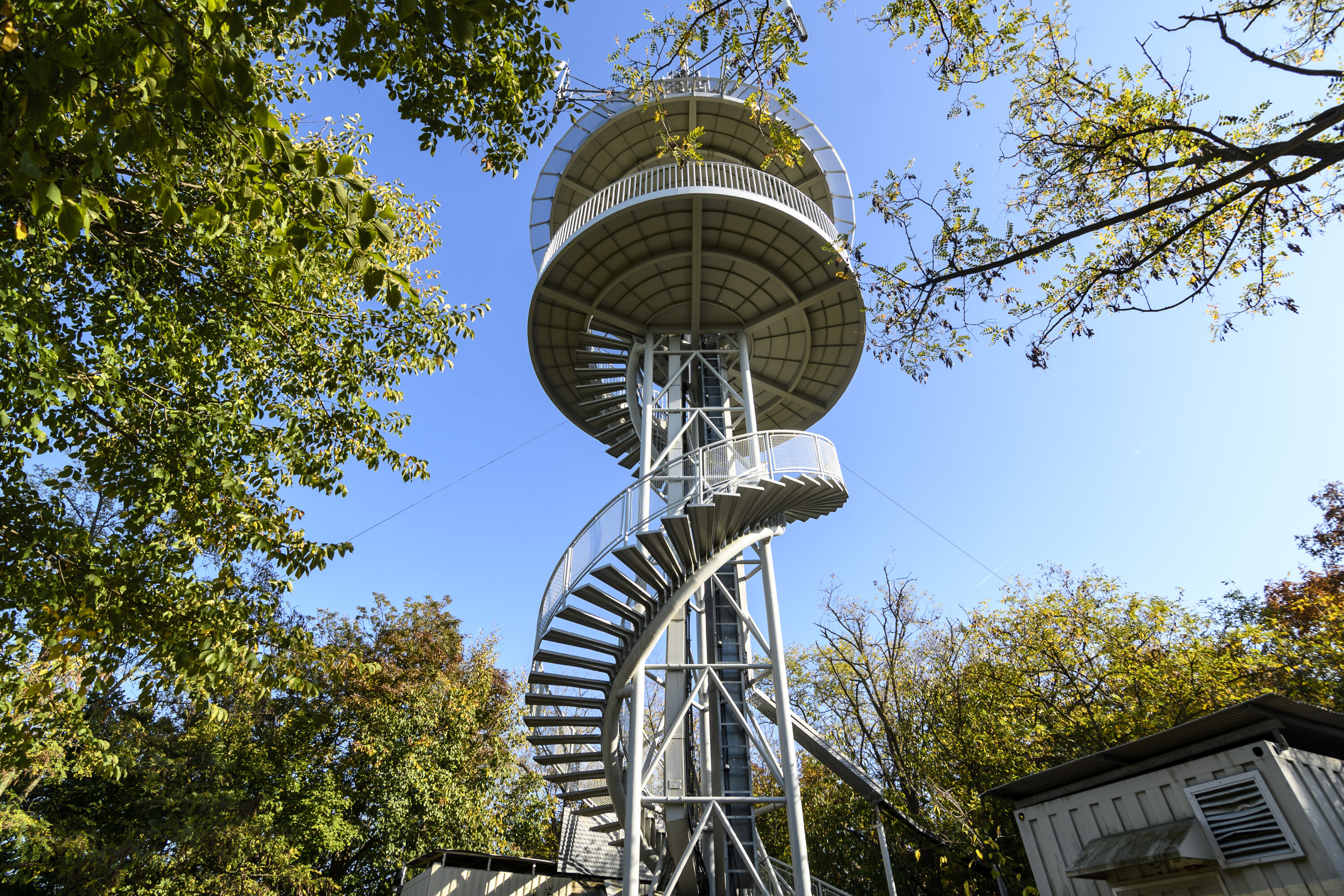Strolling around Fonyód is both fascinating and fulfilling – and you don’t have to leave town for picture-postcard views of its bucolic greenery. A single morning or an afternoon is enough time for you to explore the hidden side of this holiday resort on the south shore, taking in a row of villas built in the early 1900s, and two nearby lookout towers.
Fonyód has many attractions, but this suggested walking tour allows you to discover different aspects of this historic resort in a relatively short space of time. Until the spring when they open to the public, the lookout towers are only landmarks – for sublime views of the lake, take your time when you stroll past an unusual row of villas, built in the 1890s.
1/3
Várhegyi Lookout Tower
Your hike starts from the beginning of the oldest single row of villas in Hungary, keeping the Várhegyi Lookout Tower as your goal for this first section. The first building in the row is the Academy of Music. From the outside, there’s no indication of this building’s function, only a sign on the gate showing parking times. Opposite the villa, you see a tiny path, barely wide enough for one person.
The path is so narrow that you might bump into your traveling companion as you set off along it. To the left is a building which might belong to the nearby Tungi Restaurant, while on the right, a fence delineates the Academy of Music. The track is clear ahead. You walk on for about 60 meters and once the path ends, you are literally at the foot of Várhegy. Here the classic tourist sign of a red triangle shows the way to the peak. The path is a bit of a challenge but it’s not too steep, and it’s easy to follow. You’ll find few other hikers around.
It’s so quiet here, the only thing you might hear is the sound of your own breathing. You’ll arrive at a junction, offering the choice to go straight ahead – along a very steep slope – or follow a more gently sloping path to the right. This would be the right option, as it allows you to avoid the serious gradient. From here, you can see the top of Széplátó, perched 21 meters above its surroundings.
On the road, you can spot the signs of a sturdy trail showing the flora and fauna of the area, though due to the canopy, there’s really not much else to see. An information board describes the meaning of the word Várhegy, or hill fort. It seems that the lookout was built on the remains of a hill fort from the Árpád era of the late 800s and early 900s. This may be a handy spot to stop and rest as you take in this wooden structure and antenna poking out of it. The lookout tower itself is closed from December 1 to February 28.
Construction started in 1894, with all the villas built within the next ten years. More can be gleaned from a visit to the Fonyód Cultural Center (Fonyódi Kulturális Központ), where director István Varga tells us: “As far as we know, there aren’t any other single rows of villas in Hungary that are so old. 32 plots were created on the northern side of Várhegy, initiated by Manó Szaplonczay, then Chief Medical Officer of Somogy County”. The location itself immediately offers the reason behind this initiative: the hillside has a unique view of the monadnocks of the north shore. You can even see Badacsony as its own mirror-double, reflected on the surface of the lake, just like the silhouettes of the smaller hills. Varga also told us that this initiative was set up “to promote bathing culture”. For the first ten years, the bathing resort of Bélatelep had wooden changing cabins that were demolished at the end of each season.
The villas were built in similar styles – most are in a so-called Swiss chalet style – and Varga, also a researcher of local history, says that there are interesting buildings among them. The third villa in the row as you look from the Academy of Music, recognizable from its flat top, has been owned by the same family since it was built. The buildings were practically left untouched until the summer of 1944, when the war left its mark. The German and Soviet armies used the entire quarter in turn as a camp hospital then, after nationalization, the properties were converted into holiday homes for the National Council of Trades Unions.
Between the Academy of Music and the flat-topped building, the Villa Szaplonczay makes a refreshing change from the somewhat poor condition of the other houses around it. According to Varga, it fell into “the hands of an expert and it seems like it was important for the owners to preserve and renovate it”. The state of the 29 remaining villas is varied, which causes a little architectural discord in a neighborhood striving for harmony. Changes in use and ownership have left their marks. Some are basically still in their original glory, others have been visibly remodeled – and not necessarily according to the original style. The villas only came under heritage protection in 2011 – until then, owners could refurbish them any way they liked.
It’s best to walk alongside the villas, even if the sidewalk is missing at certain points, because that way you can’t miss the memorial plaque for composer Jenő Huszka, who lived in one of the houses from 1905. You find it opposite the Ripka Well.
3/3
Observation tower on Sipos-hegy
You may not even have noticed but you are back where you started, the Academy of Music, which is when you might remember your next destination: the lookout tower on Sipos-hegy (Sipos Hill). From here, you can reach it after a walk of some 20-25 minutes. You can also see it from Fonyód town center, or from the curve in the road that also indicates the end of the row of villas. It’s hard to miss the point where you have to turn: it’s a traditionally carved Transylvanian Székely Gate, its inscription indicating that you are in Sipos Hill forest park.
The forest trail has a sharp turn to the right, and then it’s a steep climb to the foot of the lookout tower. See the current opening hours before you trek up any further. It takes about half an hour to get to this elevated landmark – you can go through the forest gym course, or follow a trail past a drinking fountain, a godsend in summer. Also called Postás (Postman) Lookout Tower, this communications mast is a popular resting spot, and when it’s open you can see the extend of Lake Balaton, from Balatonkenese to Keszthely.







